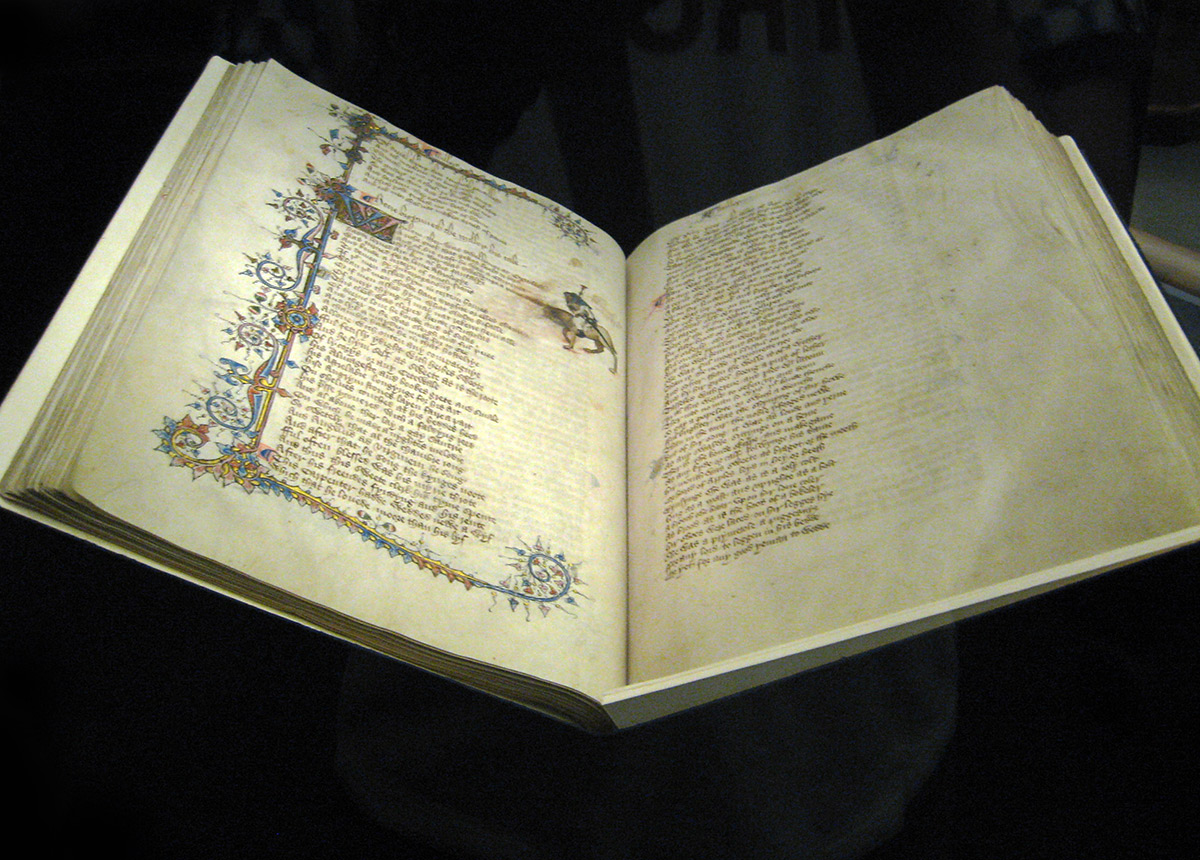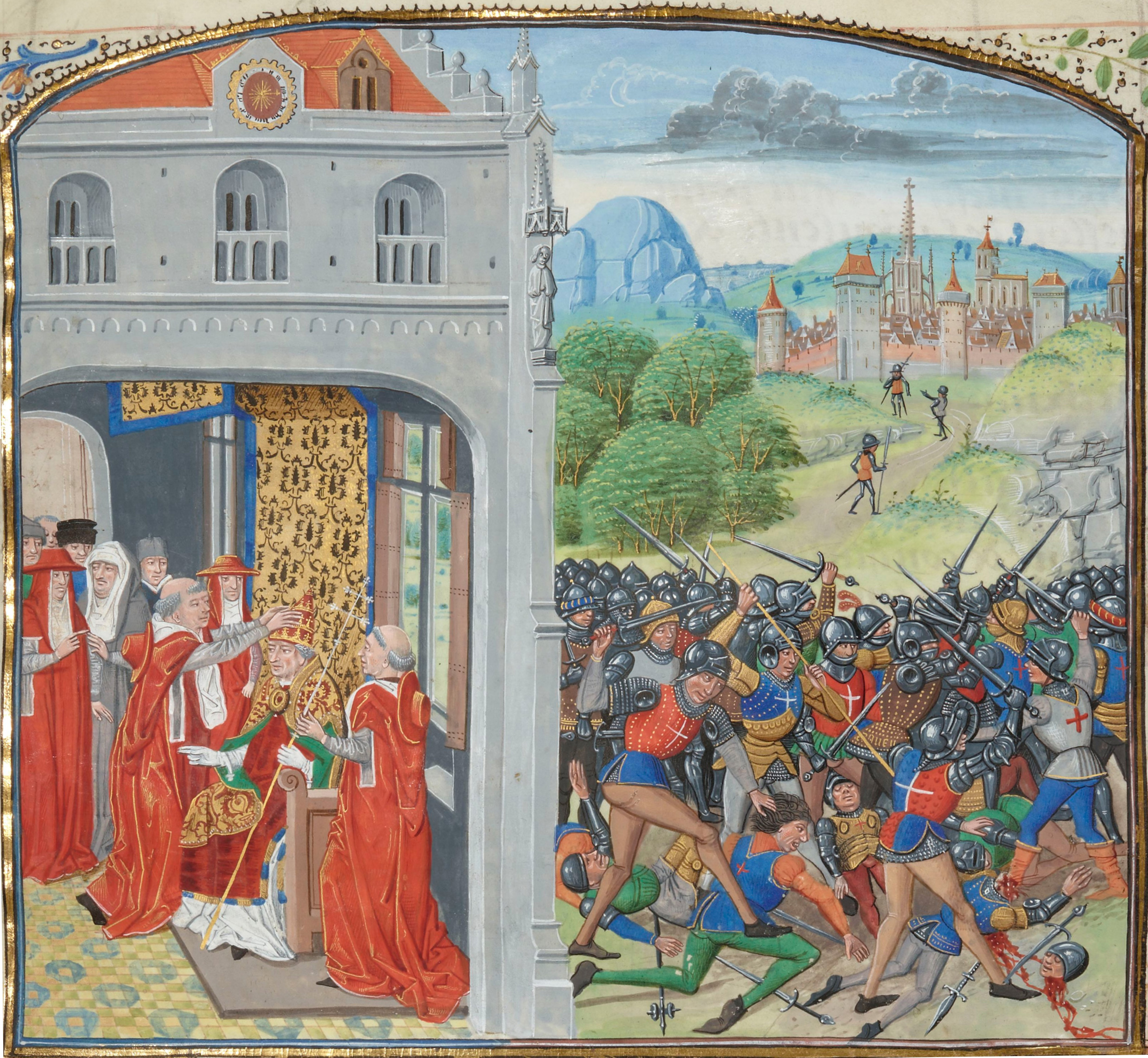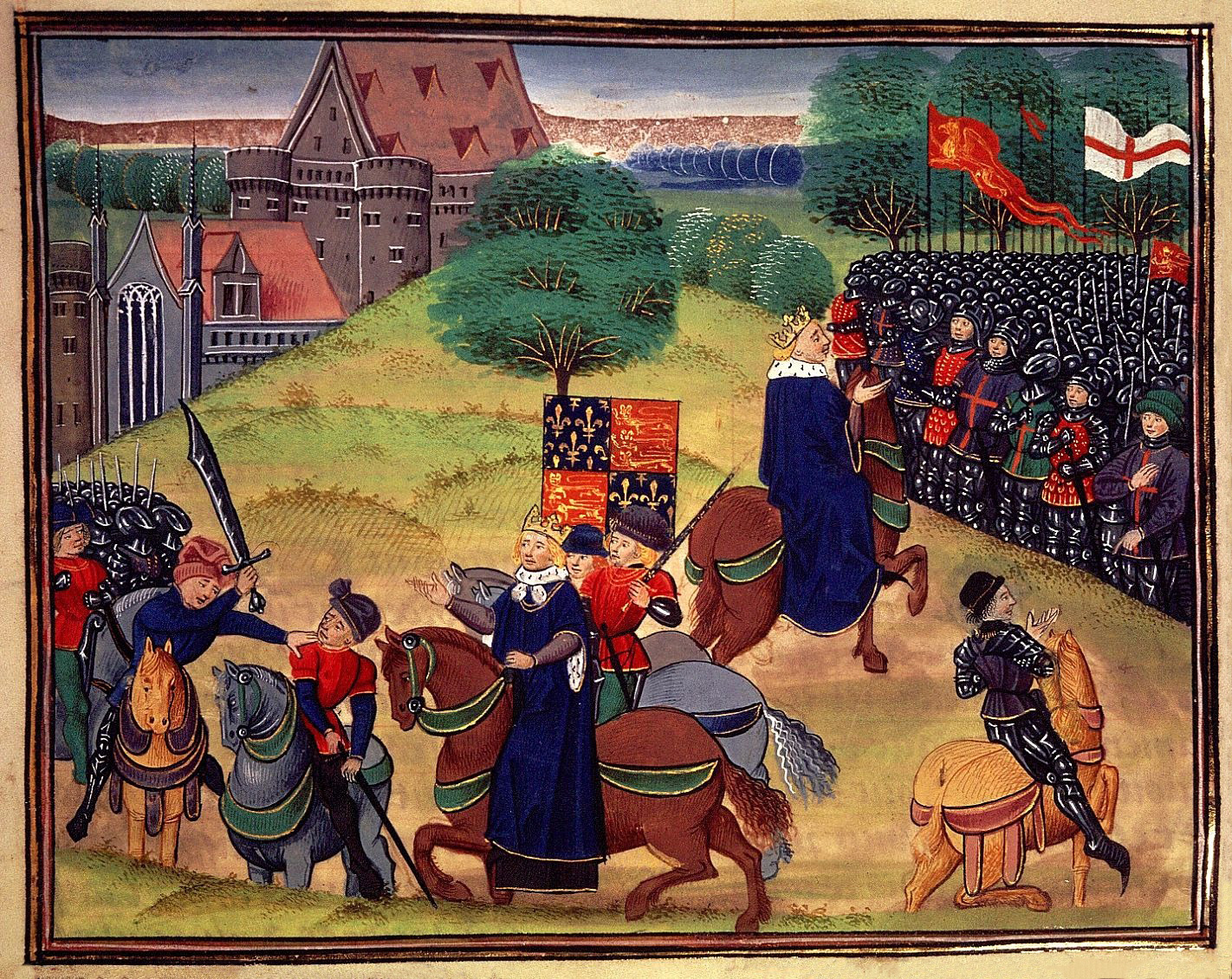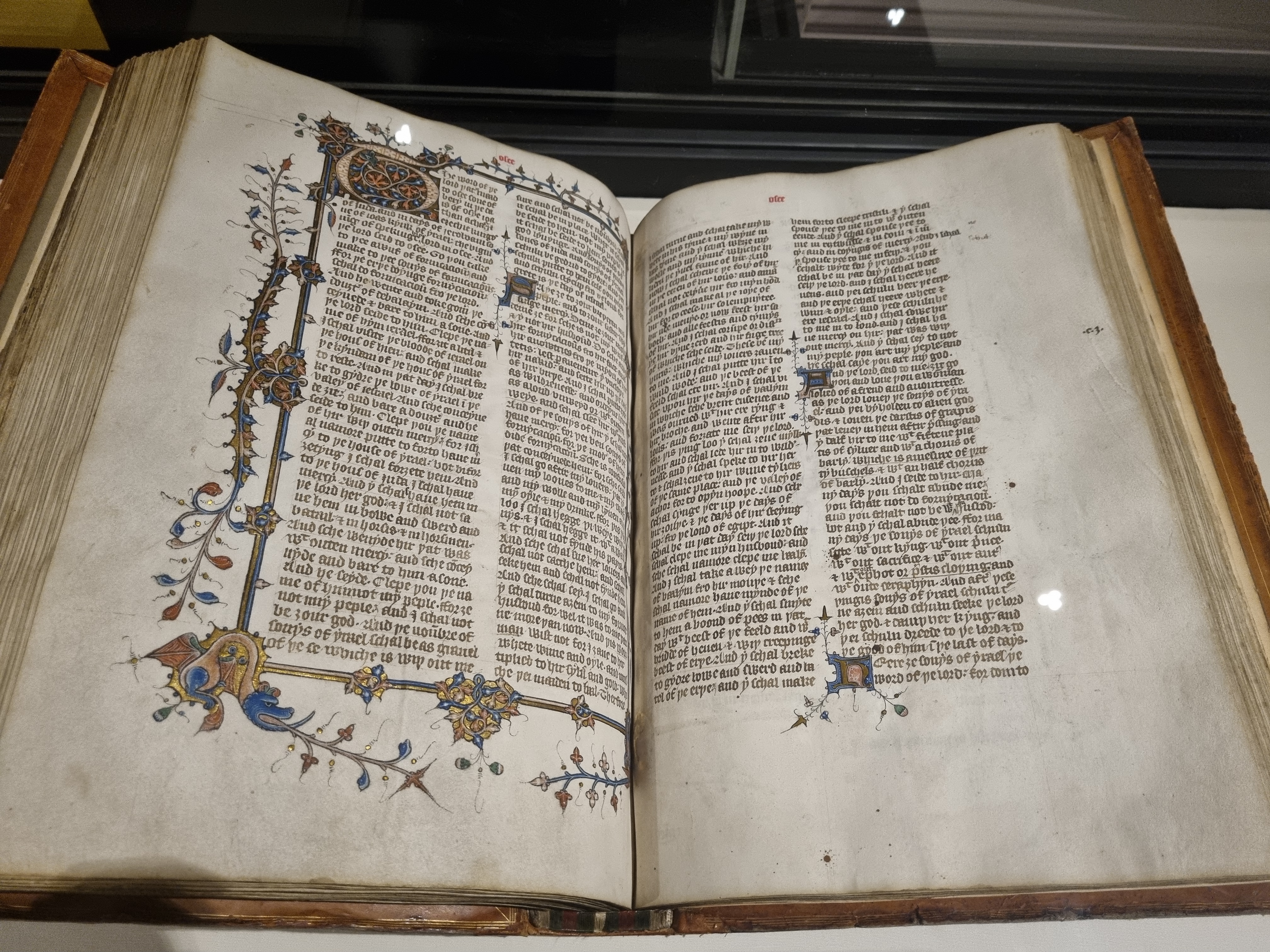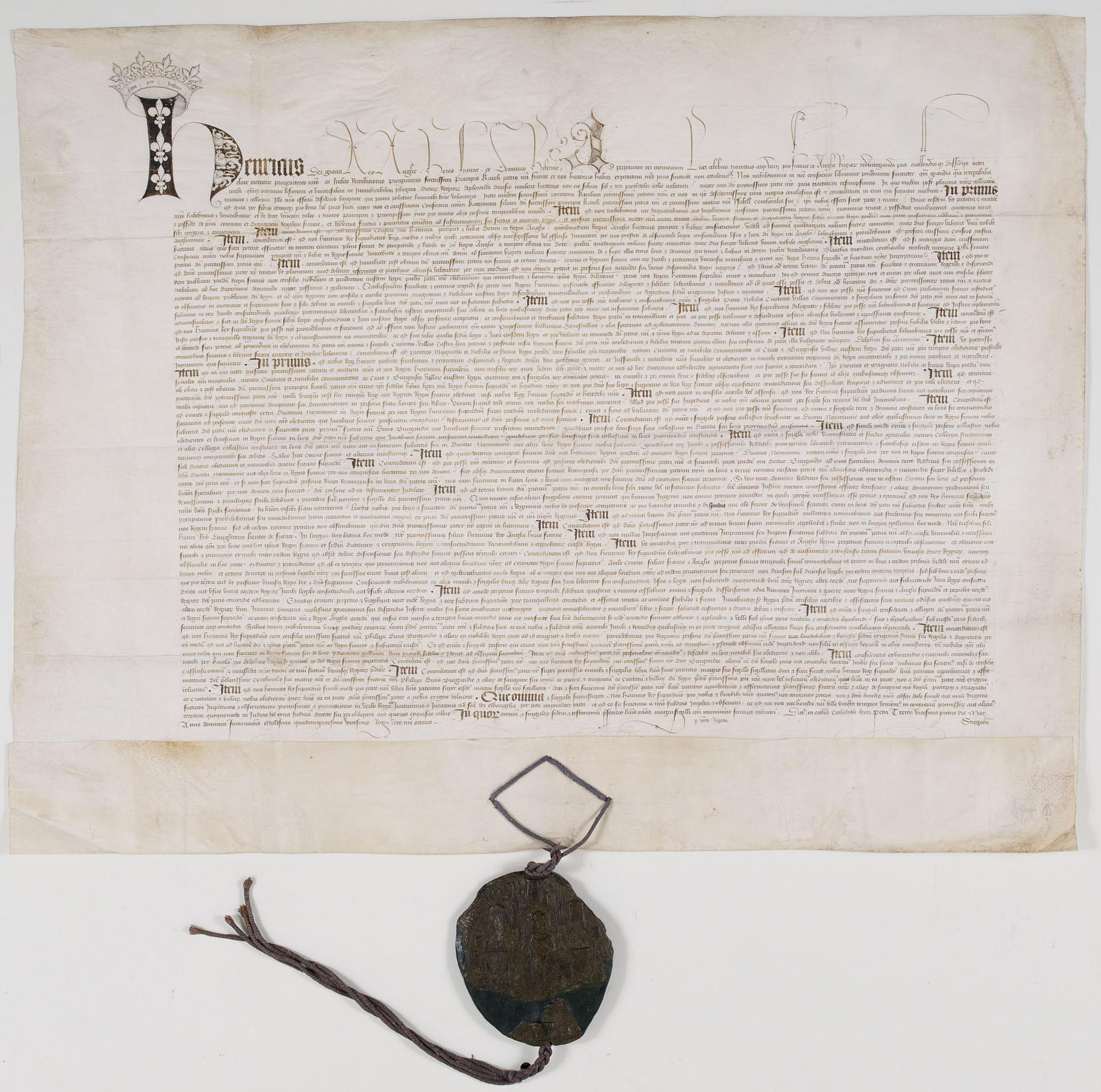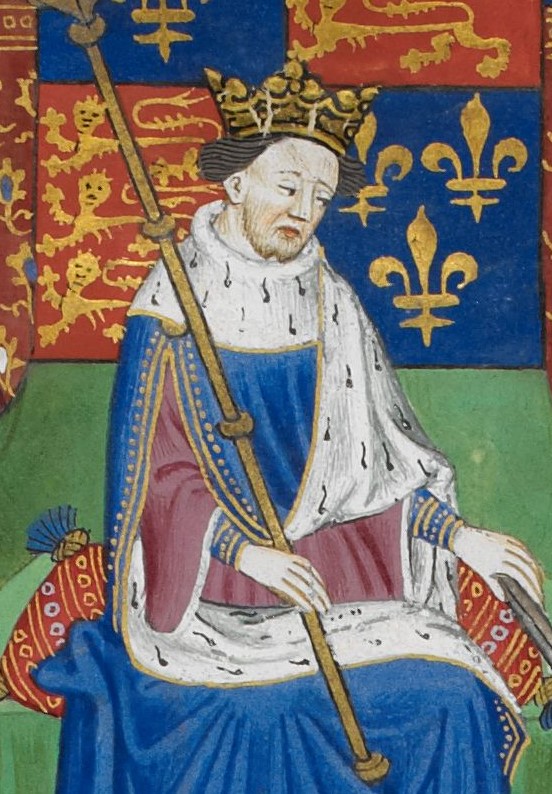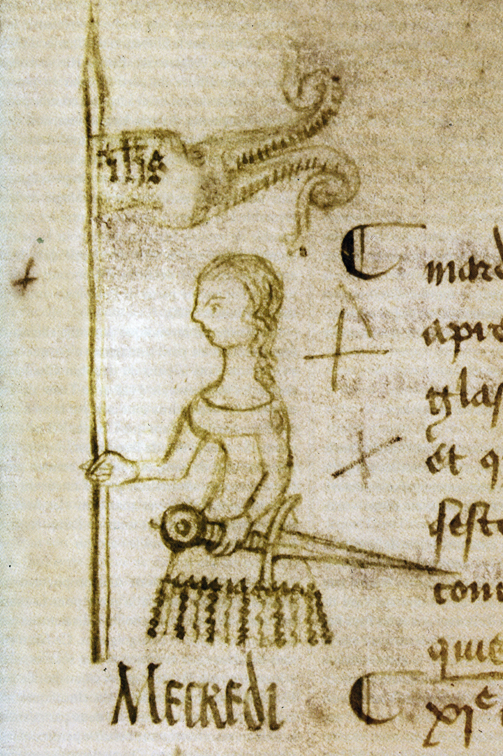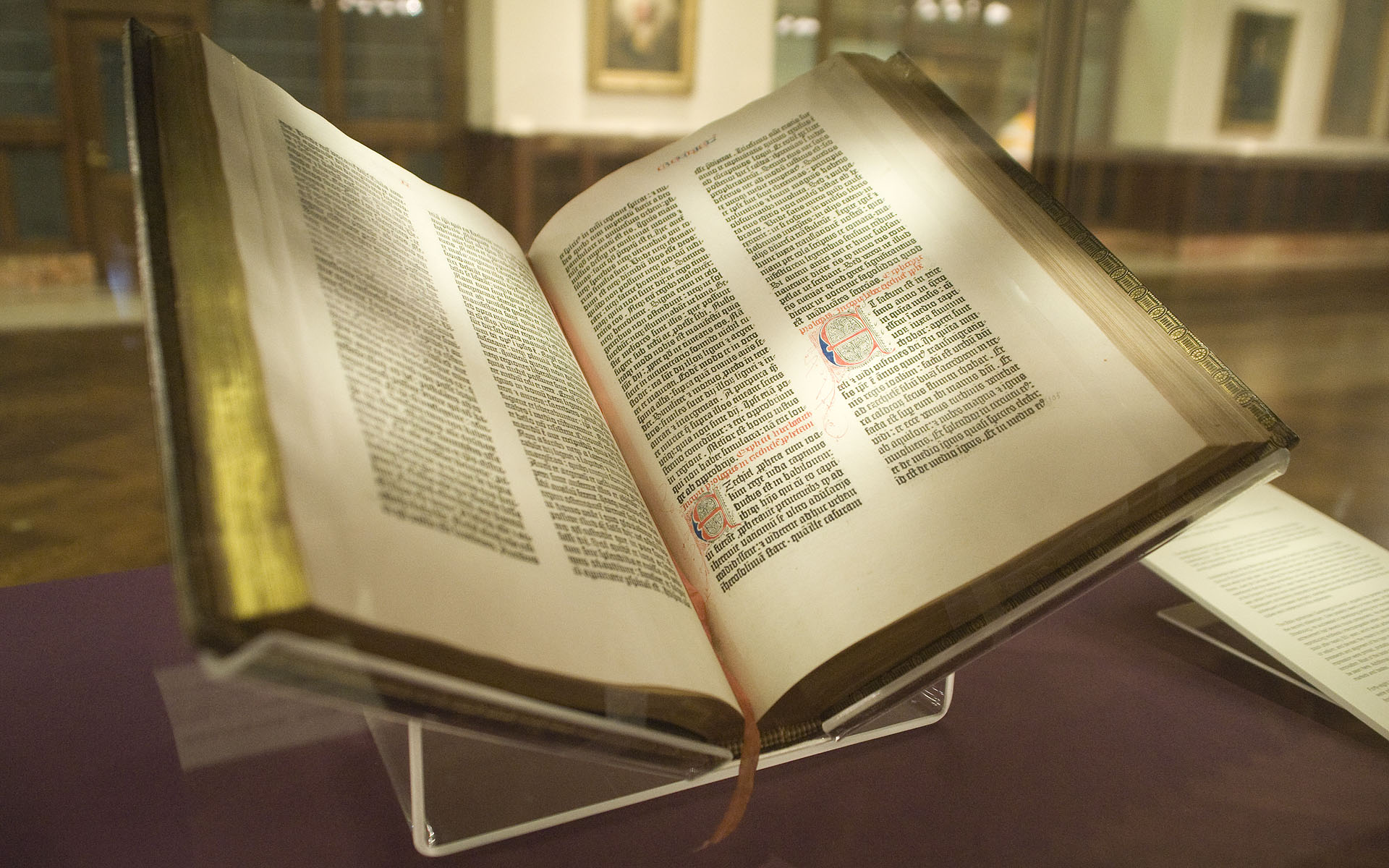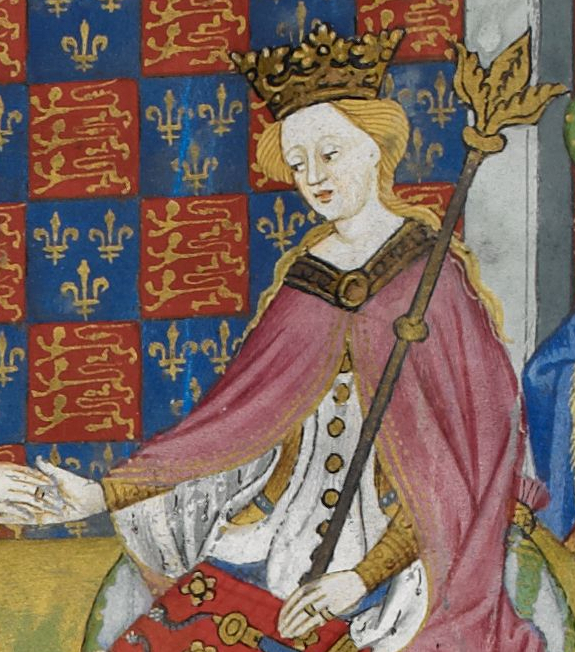Timeline of Significant Events
1350-1450 AD
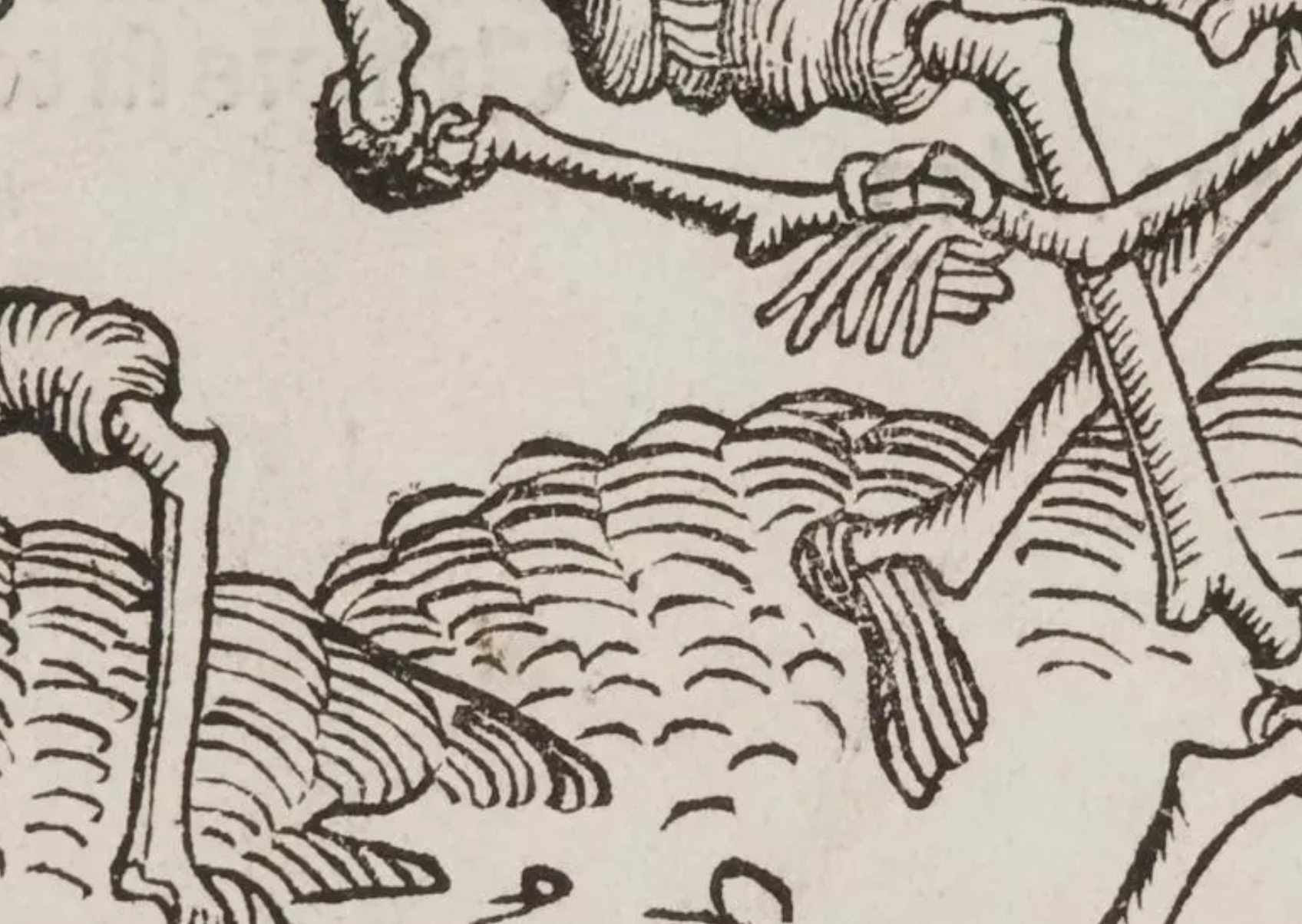
The Dance of Death, by Michael Wolgemut (1434/37-1519), from Hartmann Schedel's Nuremberg Chronicle (Liber Chronicarum), c.1493, woodcut on paper
1348-1350
The Black Death reaches England, causing massive social and economic changes. The plague kills approximately 40-60% of the population, leading to labor shortages and social upheaval.
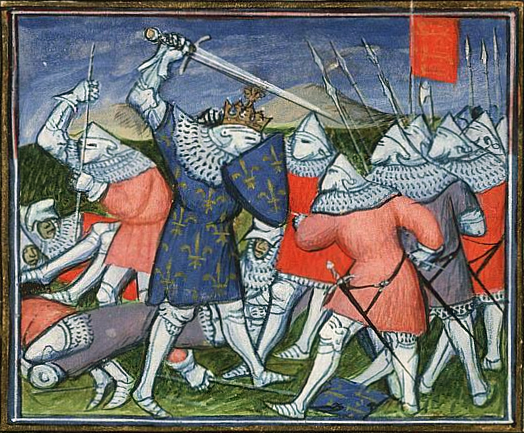
Battle of Poitiers, by Virgil Master (illuminator) - Jean Froissart, Chroniques (Vol. I), Public Domain
1356
The Battle of Poitiers - English forces under Edward, the Black Prince, defeat the French and capture King John II of France.
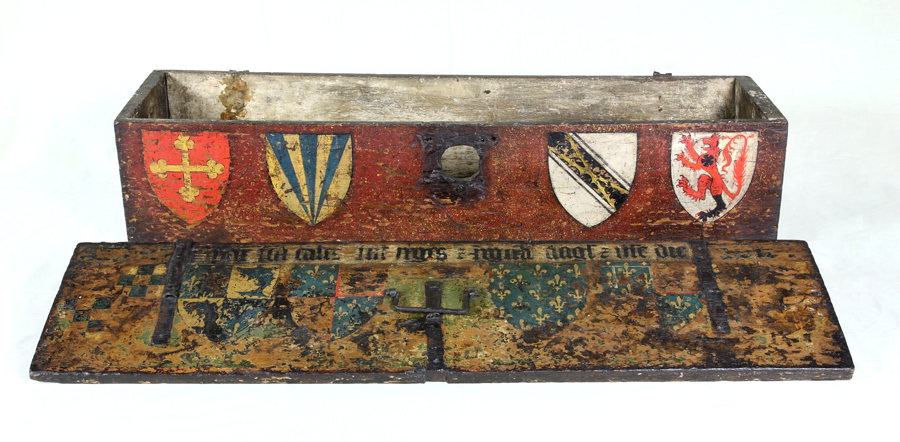
Chest made to hold the Treaty of Calais (26 October 1360). Treaty of Brétigny, National Archive catalogue E 27/8, Public Domain
1360
The Treaty of Brétigny - England gains significant territories in France, including Calais and Aquitaine.
1362
The Statute of Pleading makes English the official language of court proceedings, marking a significant step in the transition from French to English as the language of government.
1366
Geoffrey Chaucer begins writing The Canterbury Tales, one of the most important works in Middle English literature.
1369
Start of the Caroline War (the second phase of the Hundred Years' War) - French King Charles V declares war on England, beginning a new phase of the Hundred Years' War.
1381
The Peasants' Revolt - Major uprising across England following the introduction of the poll tax.
1420
The Treaty of Troyes - Henry V is recognized as heir to the French throne.
1422
Death of Henry V and accession of Henry VI as King of England and France.
1429-1431
Joan of Arc leads French forces to victory at the Siege of Orléans, marking a turning point in the Hundred Years' War. She is captured and executed in Rouen by English forces in 1431.
1445
Marriage of Henry VI to Margaret of Anjou, strengthening ties between England and France.
1448
The Chaucer style of poetry influences the development of the English sonnet, marking a significant development in English literature. Learn more about the sonnet form →
